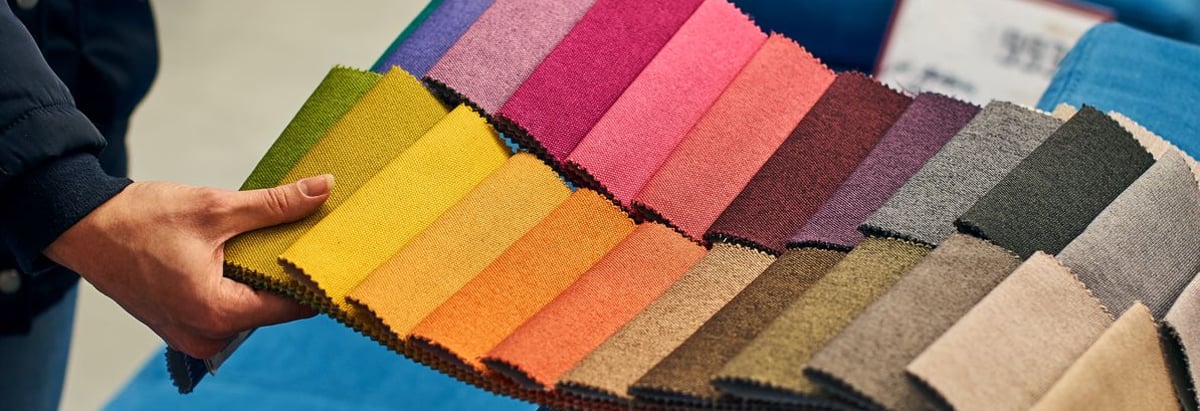Is Vishal Fabrics Limited (NSE:VISHAL) A High Quality Stock To Own?

While some investors are already well versed in financial metrics (hat tip), this article is for those who would like to learn about Return On Equity (ROE) and why it is important. By way of learning-by-doing, we'll look at ROE to gain a better understanding of Vishal Fabrics Limited (NSE:VISHAL).
Our data shows Vishal Fabrics has a return on equity of 14% for the last year. That means that for every ₹1 worth of shareholders' equity, it generated ₹0.14 in profit.
See our latest analysis for Vishal Fabrics
How Do I Calculate ROE?
The formula for return on equity is:
Return on Equity = Net Profit (from continuing operations) ÷ Shareholders' Equity
Or for Vishal Fabrics:
14% = ₹327m ÷ ₹2.3b (Based on the trailing twelve months to December 2019.)
It's easy to understand the 'net profit' part of that equation, but 'shareholders' equity' requires further explanation. It is all the money paid into the company from shareholders, plus any earnings retained. The easiest way to calculate shareholders' equity is to subtract the company's total liabilities from the total assets.
What Does Return On Equity Signify?
ROE measures a company's profitability against the profit it retains, and any outside investments. The 'return' is the profit over the last twelve months. A higher profit will lead to a higher ROE. So, all else equal, investors should like a high ROE. Clearly, then, one can use ROE to compare different companies.
Does Vishal Fabrics Have A Good Return On Equity?
Arguably the easiest way to assess company's ROE is to compare it with the average in its industry. The limitation of this approach is that some companies are quite different from others, even within the same industry classification. Pleasingly, Vishal Fabrics has a superior ROE than the average (7.5%) company in the Luxury industry.

That is a good sign. In my book, a high ROE almost always warrants a closer look. For example, I often check if insiders have been buying shares.
Why You Should Consider Debt When Looking At ROE
Companies usually need to invest money to grow their profits. The cash for investment can come from prior year profits (retained earnings), issuing new shares, or borrowing. In the case of the first and second options, the ROE will reflect this use of cash, for growth. In the latter case, the debt required for growth will boost returns, but will not impact the shareholders' equity. That will make the ROE look better than if no debt was used.
Vishal Fabrics's Debt And Its 14% ROE
It's worth noting the significant use of debt by Vishal Fabrics, leading to its debt to equity ratio of 1.60. While the ROE isn't too bad, it would probably be a lot lower if the company was forced to reduce debt. Debt does bring extra risk, so it's only really worthwhile when a company generates some decent returns from it.
The Key Takeaway
Return on equity is one way we can compare the business quality of different companies. In my book the highest quality companies have high return on equity, despite low debt. All else being equal, a higher ROE is better.
Having said that, while ROE is a useful indicator of business quality, you'll have to look at a whole range of factors to determine the right price to buy a stock. The rate at which profits are likely to grow, relative to the expectations of profit growth reflected in the current price, must be considered, too. Check the past profit growth by Vishal Fabrics by looking at this visualization of past earnings, revenue and cash flow.
Of course Vishal Fabrics may not be the best stock to buy. So you may wish to see this free collection of other companies that have high ROE and low debt.
If you spot an error that warrants correction, please contact the editor at editorial-team@simplywallst.com. This article by Simply Wall St is general in nature. It does not constitute a recommendation to buy or sell any stock, and does not take account of your objectives, or your financial situation. Simply Wall St has no position in the stocks mentioned.
We aim to bring you long-term focused research analysis driven by fundamental data. Note that our analysis may not factor in the latest price-sensitive company announcements or qualitative material. Thank you for reading.
About NSEI:VISHAL
Vishal Fabrics
Engages in dyeing, printing, and processing of denims and various fabrics in India.
Good value with adequate balance sheet.
Similar Companies
Market Insights
Community Narratives



